OK, so we have already discussed cars on this site, but that was regarding the ever-expanding girth of both us, and the automotive metal which we wrap around ourselves before hurtling through the landscape at great speed (OK, much less speed through the cityscape…). But what about the relationship between architecture, and the car itself…?
Those of us who are ‘up’ on our history should no about Modernist predilections for machine-inspired goodness, and will probably even recall Le Corbusier’s reverence for Citroën, naming his Maison Citrohan after that company. Corbusier’s Ville Radieuse is one of the most famous urban schemes that was predicated on the speed and efficiency of the automobile, and he certainly wasn’t alone in the conflation of Modern urbanity with automotive dominance – even FLW’s arcadian paradise, Broadacre City is reliant upon this.
Corbusier’s dalliance with automotive design for……the Voison company is much less known than the borrowing of that name for his rather more famous Plan Voison, chiefly because no-one has been able to determine which, if any, of the automotive designs are actually his. Perhaps this one? The scale of his urban schemes, and those of other Modernist utopians (even FLW’s arcadian paradise, Broadacre City), was that which related to the speed and efficiency of automotive travel (and, to be fair, air travel as well)…
A c1930s Voison car and a c1920s Voison plan - spot the difference
(clue - the plan involves demolishing entire blocks of historic
Parisian urban fabric - go corb!)
Other, perhaps more well-known architect-designed cars have emerged from the drawing boards of Modernist architects such as Walter Gropius and Buckminster Fuller:
…which probably serves nothing more than to remind us that architects invest a lot of time in learning to design architecture, and none in learning the finer points of automotive styling (although, I do think Gropius’s Adler Standard 8 does have a certain amount of gangster chic)…
And conversely, there are car manufacturers producing architecture in the image of their automotive branding (albeit via architectural agency) – the Renault Distribution Centre in Swindon being a famous case in point, not to mention our own Armstrong Prestige European Car Dealership on Cambridge terrace, much lauded by some(one), dismissed by others, but ignored by most…
Images: Renault by Foster, Porsche/Audi Showroom by Archaus Architects
And then there is the long-standing BMW architectural fetish – still apparent today (although progress will no doubt be stalled by the slump they are experiencing in US sales at the moment…).
Images: BMW (Munich) by Karl Schwanzer (1968-72), BMW (Leipzig) by
Zaha Hadid (2001-6), and BMW (Munich - 'brand experience and vehicle
delivery') by COOP HIMMELB(L)AU (2007 proposal)
So, lets compare the BMW architecture with equivalent cars:
Whether or not the brand narrative is clearly communicated by the architectural one is open to debate, but, imo, it is the last car pictured that seems less well-represented by the architecture – which probably isn’t surprising given that it will probably never see production (but then the building might not either for that matter). The red beast above speaks more about well-muscled Italian supercars (I’m thinking De Tomaso Pantera in its early ’80s guise) than the lightweight ethereality of the corresponding building concept by COOP HIMMELB(L)AU (is the building supposed to be a rip-off of Toyo Ito, and if so, what does that say about German automotive design in relation to Japanese?)…
That’s all well and good – cars designed by architects and car manufacturers commissioning architecture, but what about car designers manufacturing architecture – on wheels:
Spot the difference 2... One of these images is the Renaissance
Building in Dallas, which was officially opened in 1978...
Here is a car that is practically a building on wheels – at almost 6m long and 2.5 tonnes, it is practically the size of a small urban block, and probably consumes only slightly less energy. And even second-hand, at the advertised price, you could trade it for a 50% deposit on a livable house in small-town NZ (if that isn’t a contradiction of terms).
However, it is the outdated architectural styling that fascinates me here – with the aerodynamics of a tower block from the same era, but with perhaps a touch more style (if not grace)? Comparing the above images with the BMW (car and building) of the early seventies shows just how far behind US design had fallen by this stage… As a case in point, the Lincoln model pictured was almost the last of a long-run for that particular design, which was replaced – not because it was tired and out-dated, but only because it failed to meet newly introduced US fuel economy and emissions regulations. It was actually still selling remarkably well despite this – an indication of the less-than-sophisticated US market at this point…
It should be noted that the above car is being offered for sale in Palmerston North, which stands to reason as being one of the few cities in NZ that actually has urban streets wide enough for this beast – imagine driving this tank around the heights of Brooklyn, Melrose, Roseneath, etc…
And before you go rushing out to buy it – perhaps thinking that the style is all retro cool, and that its presidential bearing might befit someone of the social stature of say, our own Arch Centre president (couldn’t you just see Guy cruisin around in this, arm resting on the door, fluffy dice, etc etc) – remember that certain other President met a rather untimely demise in a Lincoln Continental (not this model) in the previous decade. We wouldn’t wish that on anyone…
m-d


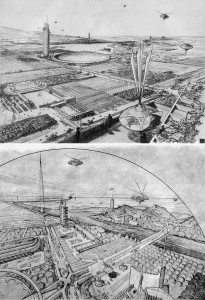
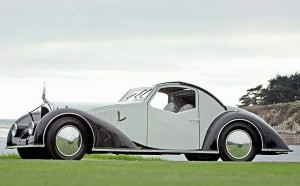
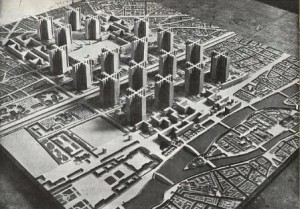

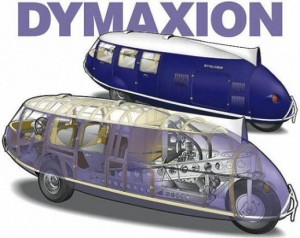
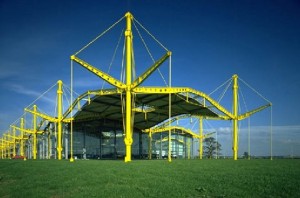

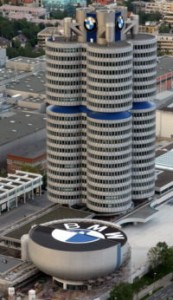


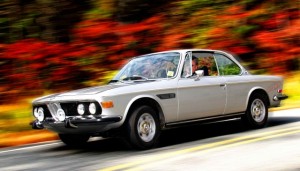

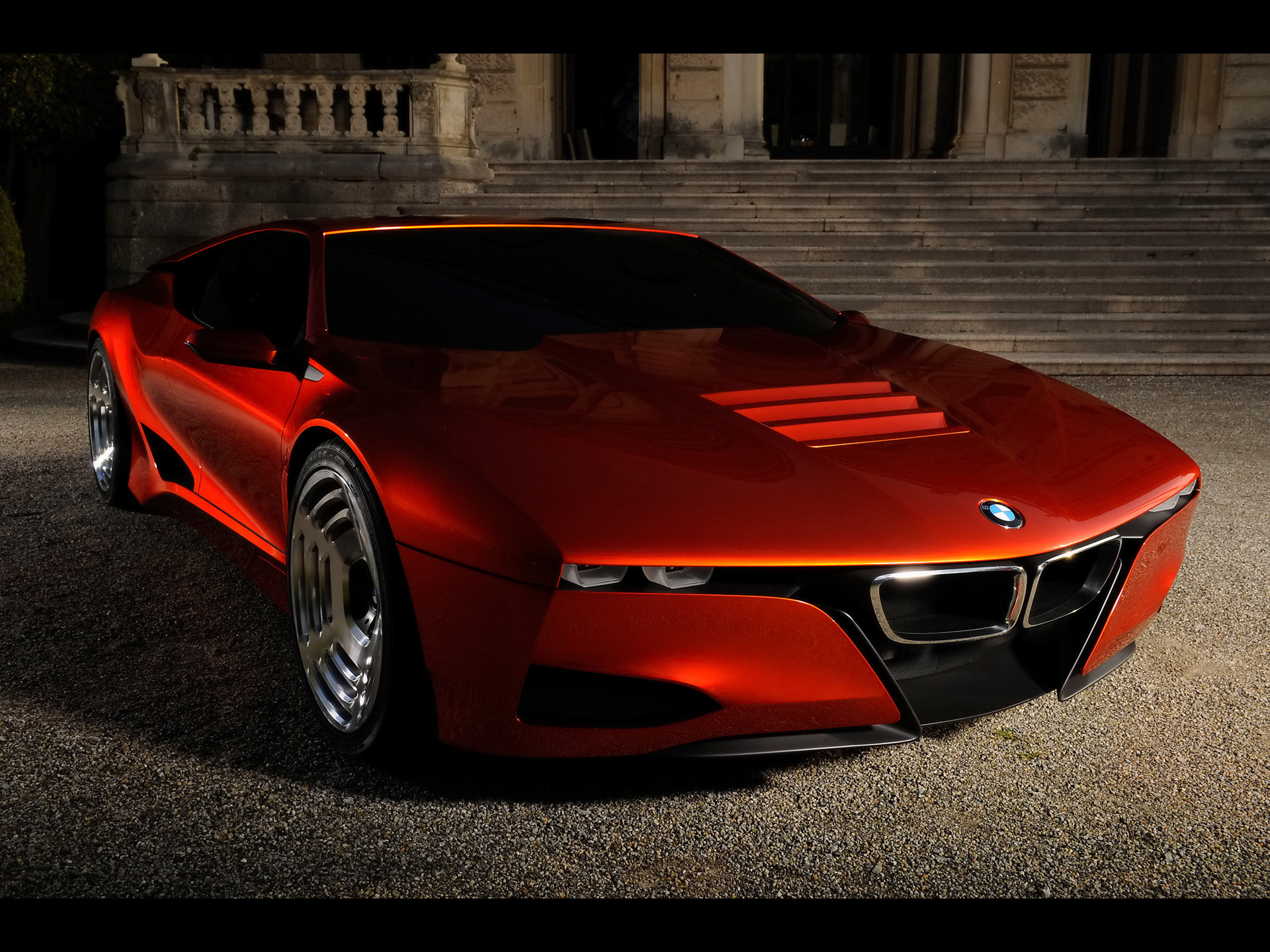


Leave a Reply